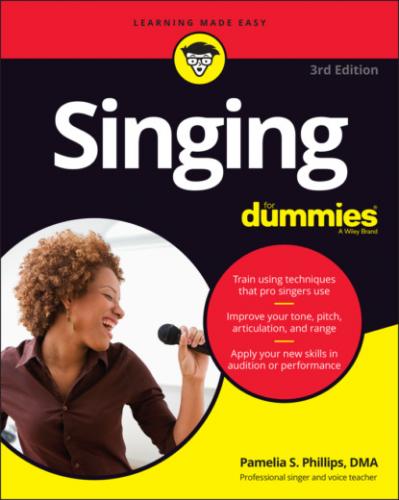2 When you’re confident that you feel the three points on the foot, balance your weight on those three points.The phrase that the three-legged table is always level applies here. You want your weight evenly balanced on the three points. If you intentionally lean back and put your weight on your heels, you feel the front of your body tighten to hold you up. Likewise, if you lean forward and put your weight on the front of your feet, you feel the back of your body tighten. Watch yourself in the mirror or observe the tension in your body. Try to find the center, or the position where you’re neither forward nor back; you’re evenly balanced on your feet and aligned.
3 When you find the three points and your balance on one foot, find them on the other foot.
Putting your feet in position
After you find the balance of weight on the feet, place your feet beneath your hips. If you place your hands on your hips, you can feel the muscles of your hips on the sides of your body and you can also feel your hipbone in the front. Directly under the hipbone is your foot (find the hipbone in Figure 3-1).
A lot of people tend to put their feet at shoulder width, which may or may not work for you. Women tend to have narrow shoulders and wider hips, whereas men tend to have wide shoulders and narrow hips. Regardless of the width of your shoulders, you want to align your feet under your hips.
I recommend that you place the feet parallel under your hips so that you feel the equal balance of weight on your feet. When that stance feels familiar to you, change the position of your feet and maintain the balance of weight in your body. You want equal distribution of weight and effort in the body. You can also stand with your toes pointed out, to feel the tension created in the legs. Likewise, you can stand with your toes pointed in and notice that effect on the muscles in your legs. You want to explore the feeling of toes pointed straight and the feeling of parallel feet.
Flexing your ankles
You want your ankles open and flexible when you’re standing. Sitting in a chair or standing on one leg, move your foot around to feel the flexibility in your ankle. If your ankle feels tight, take your time and move it gently back and forth or in circles to stretch the muscles and release some tension. Move around the other foot or ankle so both are equally released. After you stretch both ankles, notice how they feel. They probably feel open and flexible, as if they can support the weight of your body.
Look at Figure 3-1 to see how the foot and ankle are connected. The ankle isn’t directly over the heel; it’s in front of the heel. If you pretend to sink into your ankles, you feel as if your body is heavier, putting pressure on your ankles and feet. If you visualize a spring (shock absorber) in the ankles, you can feel an opening sensation in the feet and ankles, as if the weight of the body is equally distributed. Go back and forth a few times. Sink into your ankles and then put in the imaginary spring. You want to notice the spring not only when you’re standing, but also when you’re walking.
Engaging your legs
For singing, you want to engage the entire body in making sound. The legs are your support system, and you want them to hold you up without tightening. Try the following suggestion to discover how to engage your legs.
To feel the legs engage as you sing, use a plié as you take the breath. Plié means “to bend,” and you want to bend your knees as you inhale. This bending helps you feel an opening sensation through your body and down into your legs. As you sing, you can gradually stand back up from the bend. With each new breath, plié again to create the opening sensation in your legs and gradually stand back up. After you practice this way for a few weeks, try singing a song without the plié or bend to see if you can find the same feeling of opening in your legs as you inhale and engage as you sing. Review the skeleton in Figure 3-1; notice the bones in the legs and also the shape of the knees.
Instead, you want to keep your knees released. Released knees aren’t locked — but they’re also not bent. To find the difference between released knees and bent knees, stand and lock your knees by pushing the knee backward until the muscles around the knee lock. Without bending the knees, release the muscles around them. Lock the knees again, and when you release the muscles, bend your knees. Move back and forth from the locked position to the bent position. You want to feel the released position, which is between locked and bent. Bent knees make you a little shorter. Released knees keep you the same height, without tight muscles around your knees.
Releasing your hips
Refer again to Figure 3-1 and look at the hips or pelvis. You may think of the hips as what you try to squeeze into your tight jeans. I want you to visualize the pelvis and not those extra 10 pounds you gained last winter. If you’re familiar with the skeleton, you know that I’m talking about moving the pelvis when I say “rock your hips.”
